Instead of following those orders, Fetterman plunged ahead looking for Indians to shoot. He spotted a small and vulnerable-looking group of Sioux warriors and pursued them. He soon discovered that they had been put there as bait. He thus rode directly into ambush. Exactly how many Indians took part in the attack is not known. Enough to kill eighty troopers in less than twenty minutes. In his report to his superiors, post-commandant Henry Carrington listed some of the items he found on the battlefield the next day: eyes torn out and laid on rocks, noses and ears cut off, teeth chopped out, brains taken out and placed on rocks, hands and feet cut off, private parts severed. The Oglalas seemed especially annoyed at two men who carried brand-new sixteen-shot Henry repeating rifles. Presumably they had done a good deal of damage. Their faces had been reduced to bloody pulp, and one of the men had been pierced by more than a hundred arrows. Two years later another army unit was destroyed at the Battle of the Washita, which was in all other ways a massacre of Indians. In November 1868, Colonel George Custer, commanding the Seventh Cavalry for the first time, attacked a Cheyenne village on the Washita River in what is now western Oklahoma. His strategy was the same one that got him killed eight years later. He divided his force, then advanced over unknown terrain against an enemy of unknown strength, and executed a "double envelopment," a maneuver that required overwhelming superiority in numbers. This time he got lucky, at least at first. At dawn, his troopers tore into a small village of fifty-one lodges under Chief Black Kettle, surprising them and sending them fleeing from their tipis. Black Kettle had made the mistake of not believing his scouts, a mistake Custer also made and would soon pay for. Custer's men rampaged through the snowy camp, killing indiscriminately. Women and children who had taken cover under buffalo robes were dragged out of the tipis by Osage scouts and shot. Though Custer reported that he had killed a hundred three warriors, he had actually killed only eleven. The rest were women, children, and old men. The soldiers then looted and burned the village.
Meanwhile a squad of men under Major Joel Elliot, last seen in hot pursuit of Indians, was now missing. It was later learned that they had fallen for the same immemorial trick that had fooled Fetterman. They had ridden after a bunch of Cheyenne boys. At some distance from the village, the boys evaporated and in their place appeared several hundred mounted, armed Indians. The white soldiers then dived for cover in the high grass, thus violating a fundamental principal of defensive combat: They abandoned a clear field of fire. They were mostly shot where they lay. Their bodies were later found on the south bank of the river, frozen and horribly mutilated. It was believed that the Indians who killed them were Arapahos.
What were Arapahos doing near the Cheyenne camp? The answer revealed exactly how lucky Custer had been. Just below Black Kettle's camp, stretching for fifteen miles along the river, was the entire winter encampment of the southern Cheyenne and Arapaho tribes. Comanches and Kiowas were camped with them. This disconcerting fact was uncovered when a platoon that had gone downriver to round up horses suddenly found itself encircled by warriors from the lower camps. Beyond the Indians the white men could see hundreds of tipis in the river valley. Laying down a covering fire, they retreated, barely making it back to camp, where they breathlessly told Custer the news. He was alarmed. His men were tired; he was running out of ammunition; the command was alone in subzero weather in a hostile wilderness; and his main supply train had been left lightly guarded many miles away. Realizing now that he could not take the eight hundred captured Indian horses with him, he ordered them all shot. The men used pistols to do it and the scene was gruesome. After being shot the horses broke away and ran in all directions, bleeding onto the snow. Then he retreated. He was so worried about an Indian attack that he marched all night. One of the Comanches in those lower camps was twenty-year-old Quanah. "When we heard of the fight," he recalled later, "all of our men hurried to the scene but General Custer retreated when he saw so many of us coming. We did not get close enough to fight him. After several skirmishes without results, we returned to our camp and moved out onto the plains." He never explained how he had come to be there, though the Washita was fully within the Comanche heartland.
Custer had only narrowly avoided Fetterman's fate. He had come perilously close to confronting what would have been perhaps the largest group of hostile Indians ever assembled in one place. Later, he would actually face the largest group of hostile Indians ever assembled in one place, and he would not be so lucky.
S.C. Gwynne, from Empire of the Summer Moon: Quanah Parker and the Rise and Fall of the Comanches, the Most Powerful Indian Tribe in American History









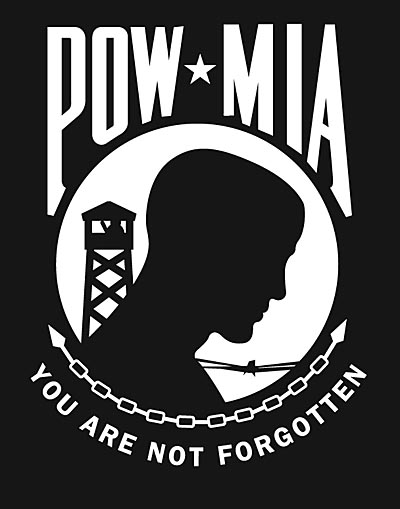






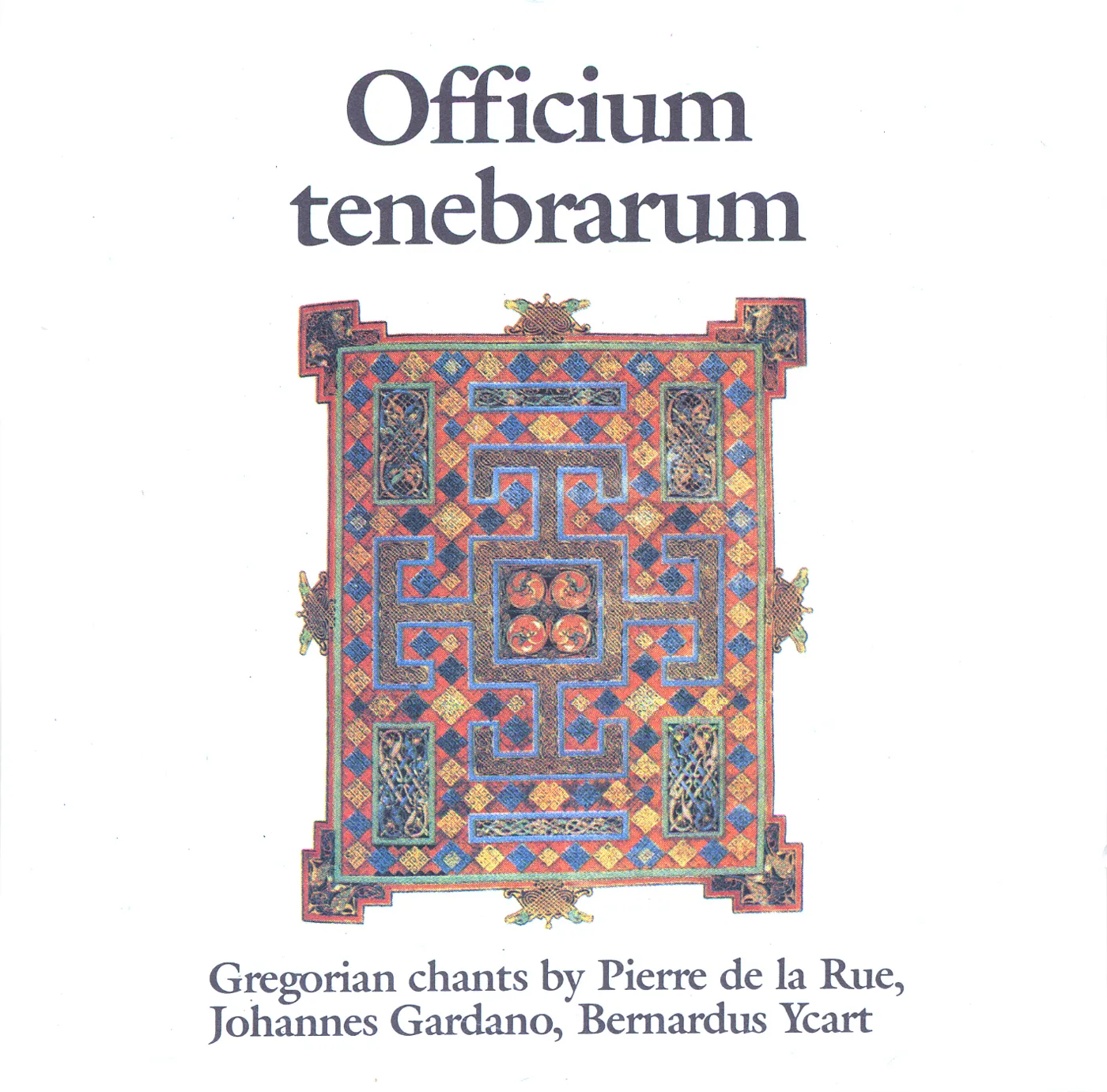





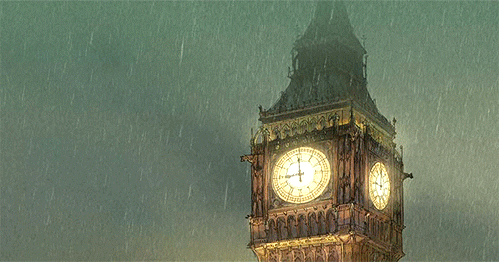



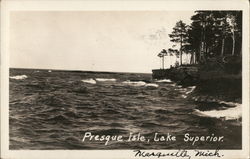

















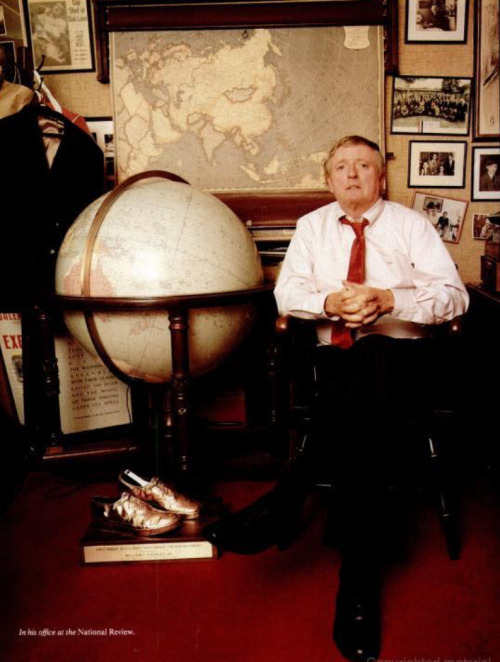
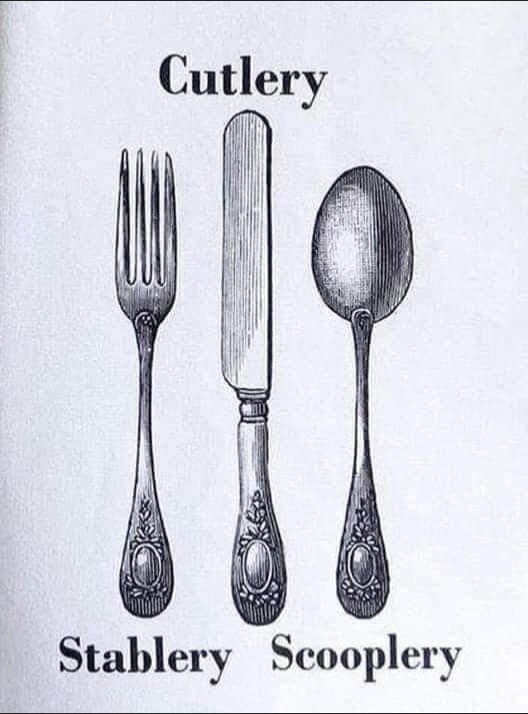
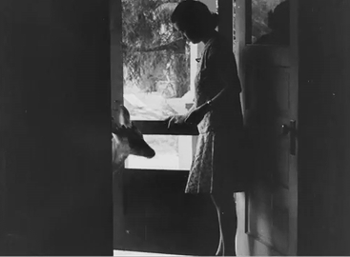





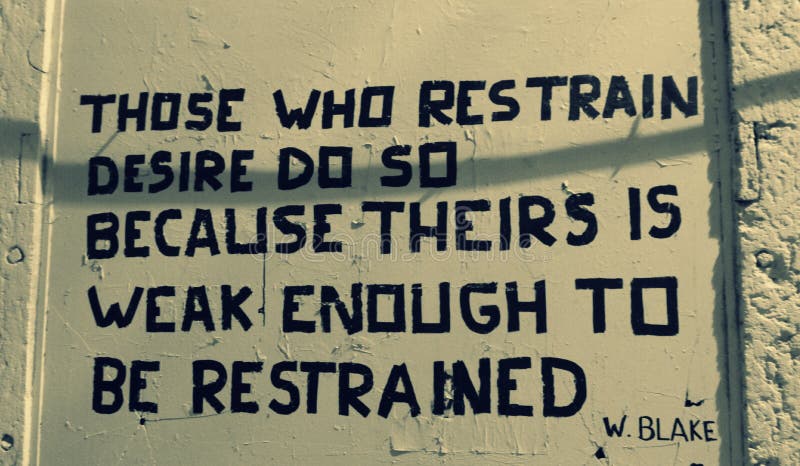







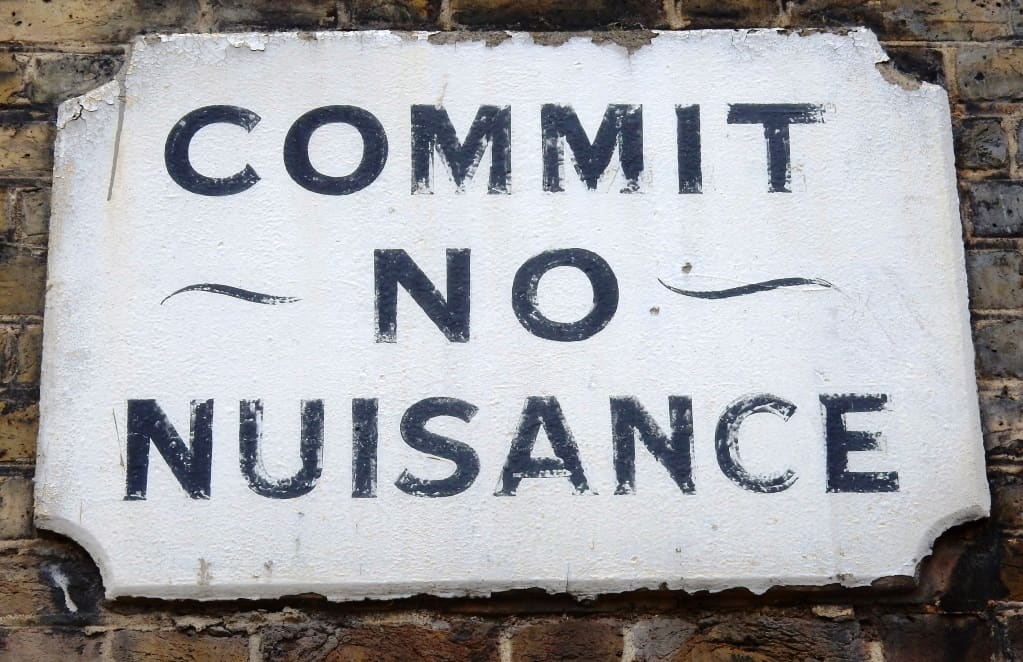
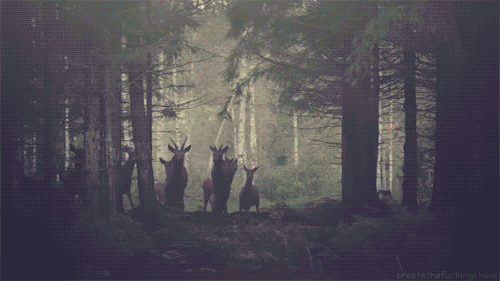
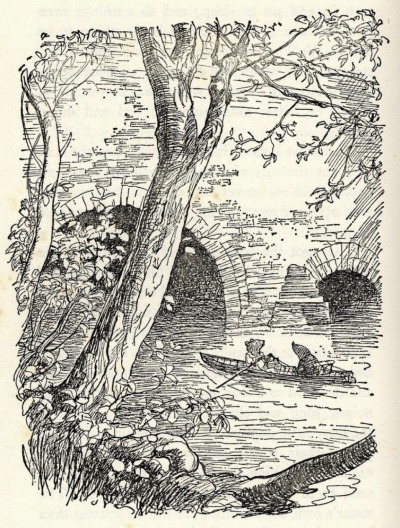
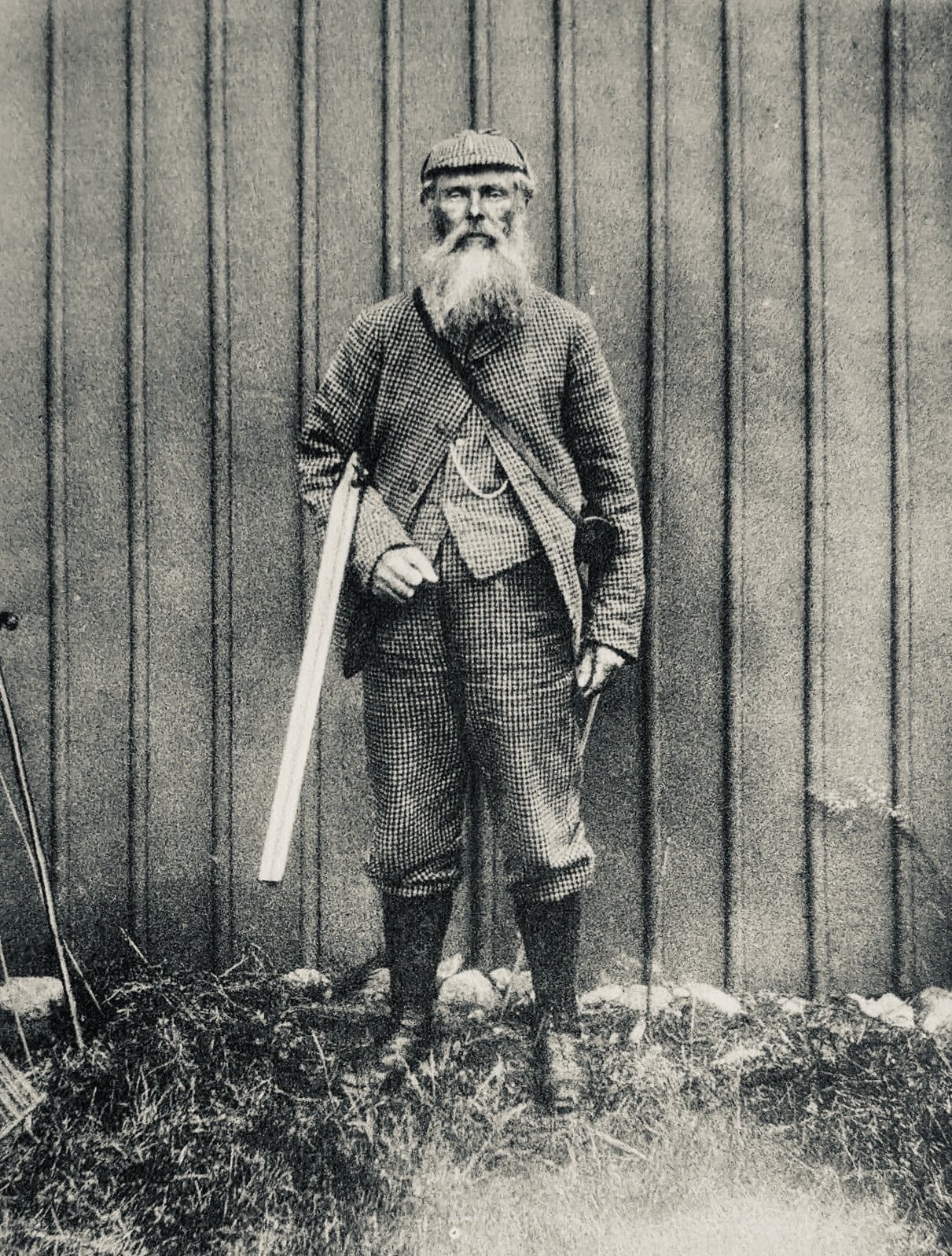




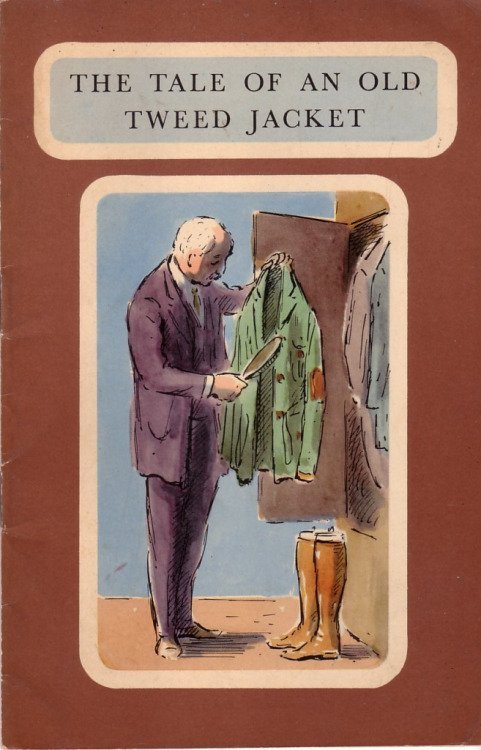










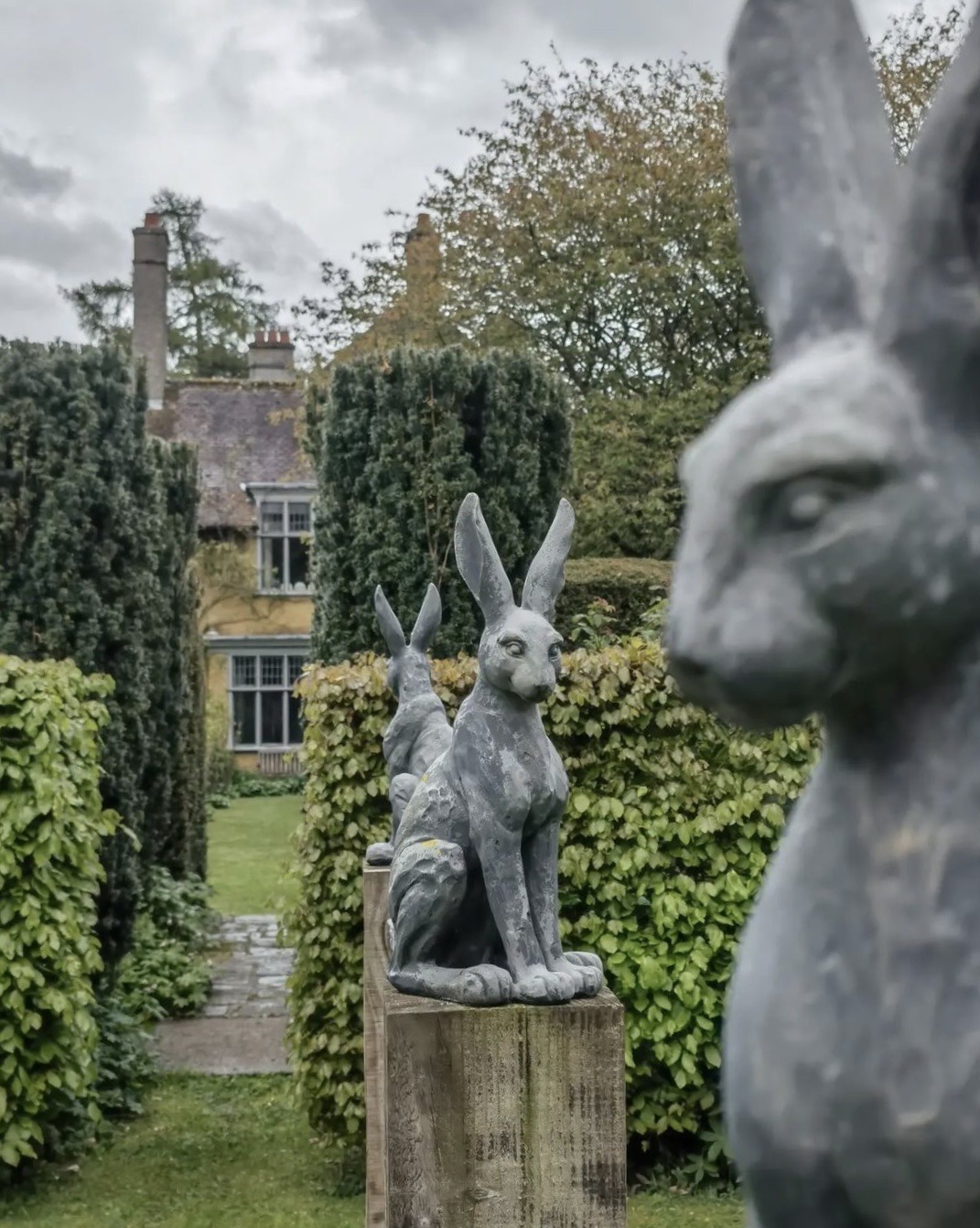
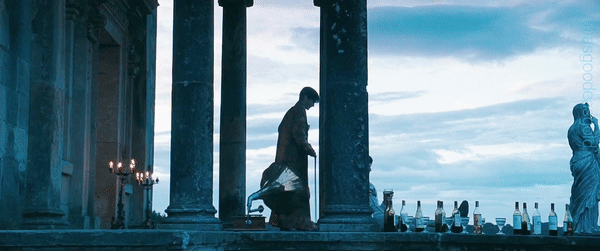
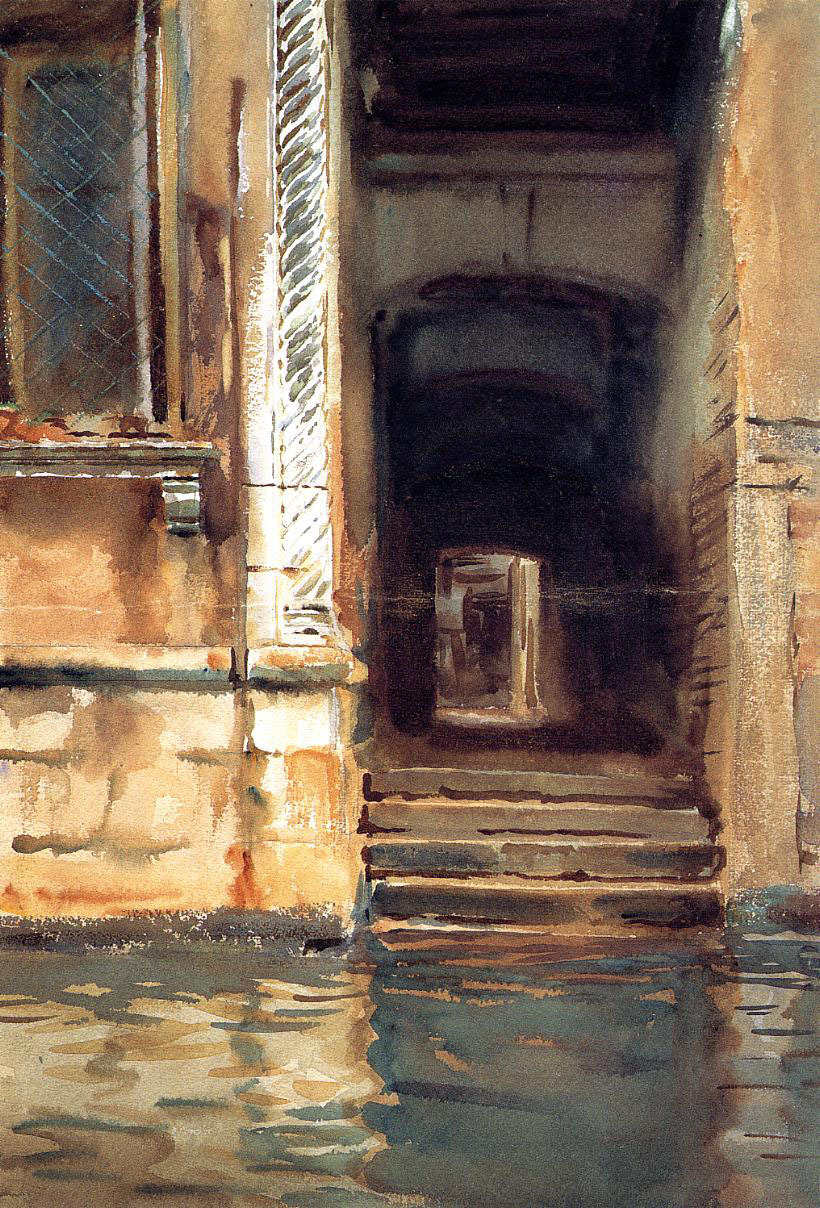

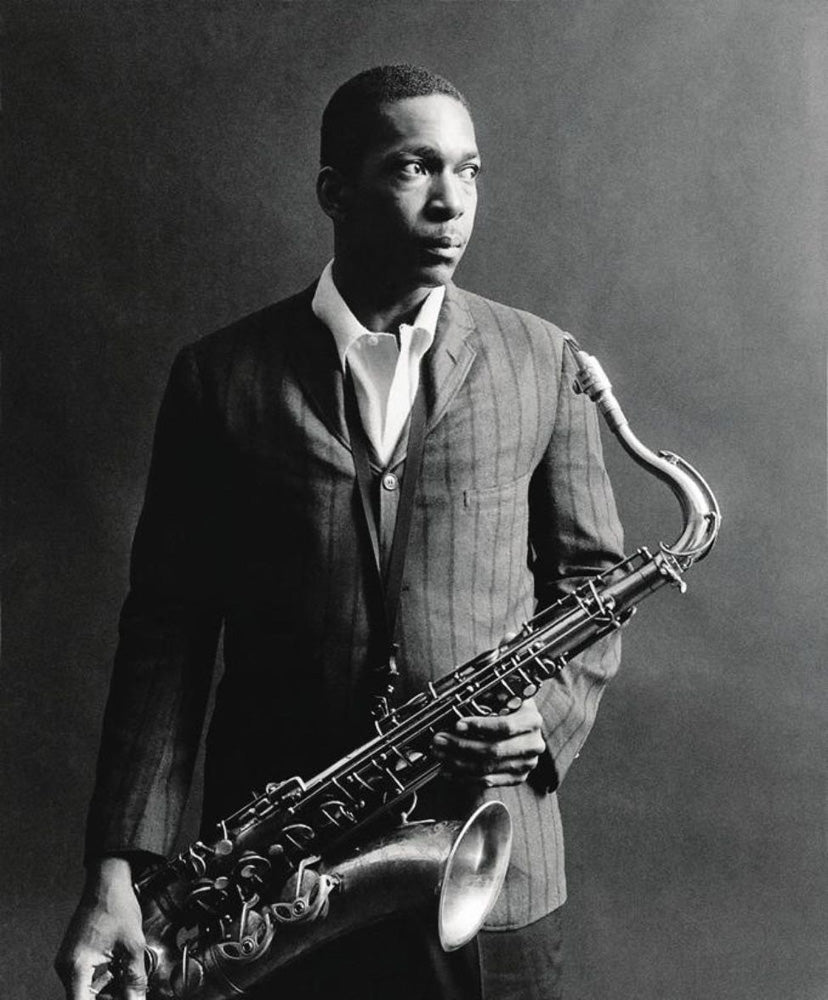







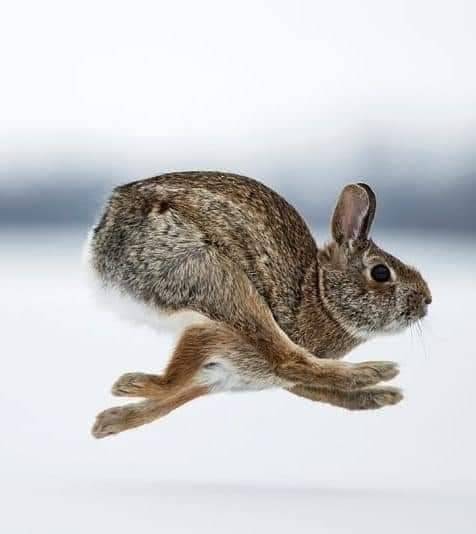
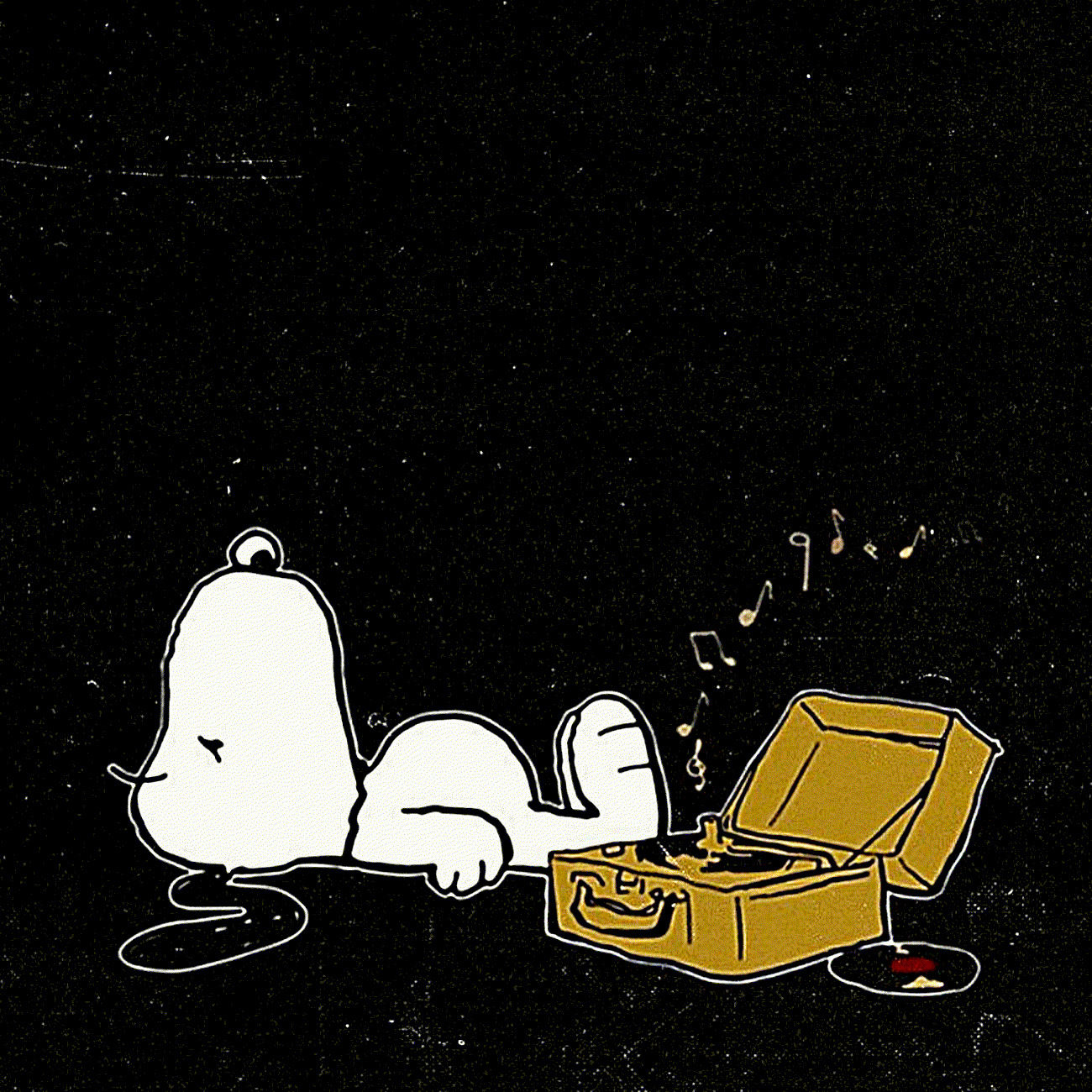

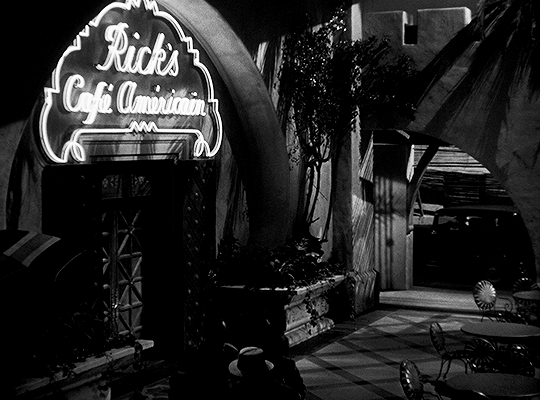




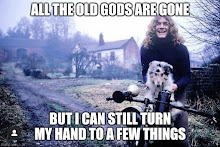
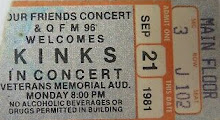















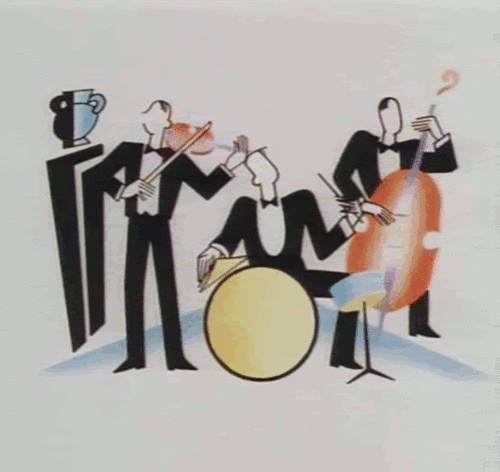
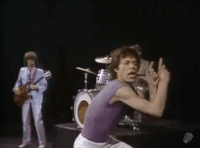








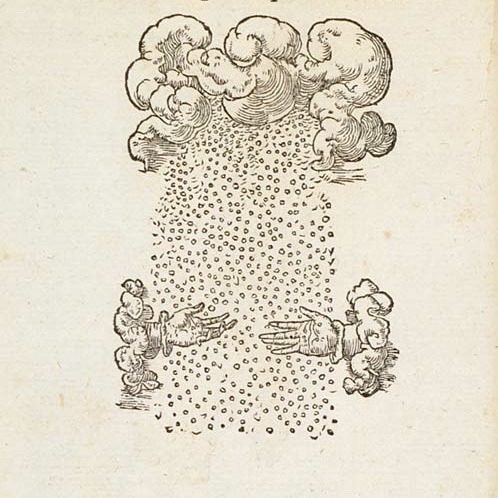


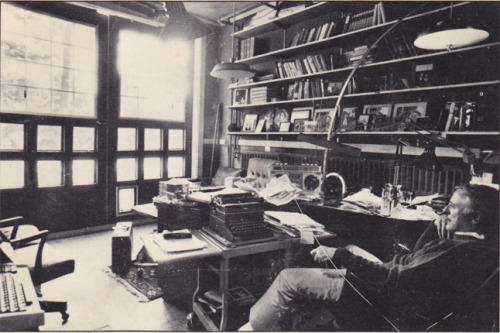
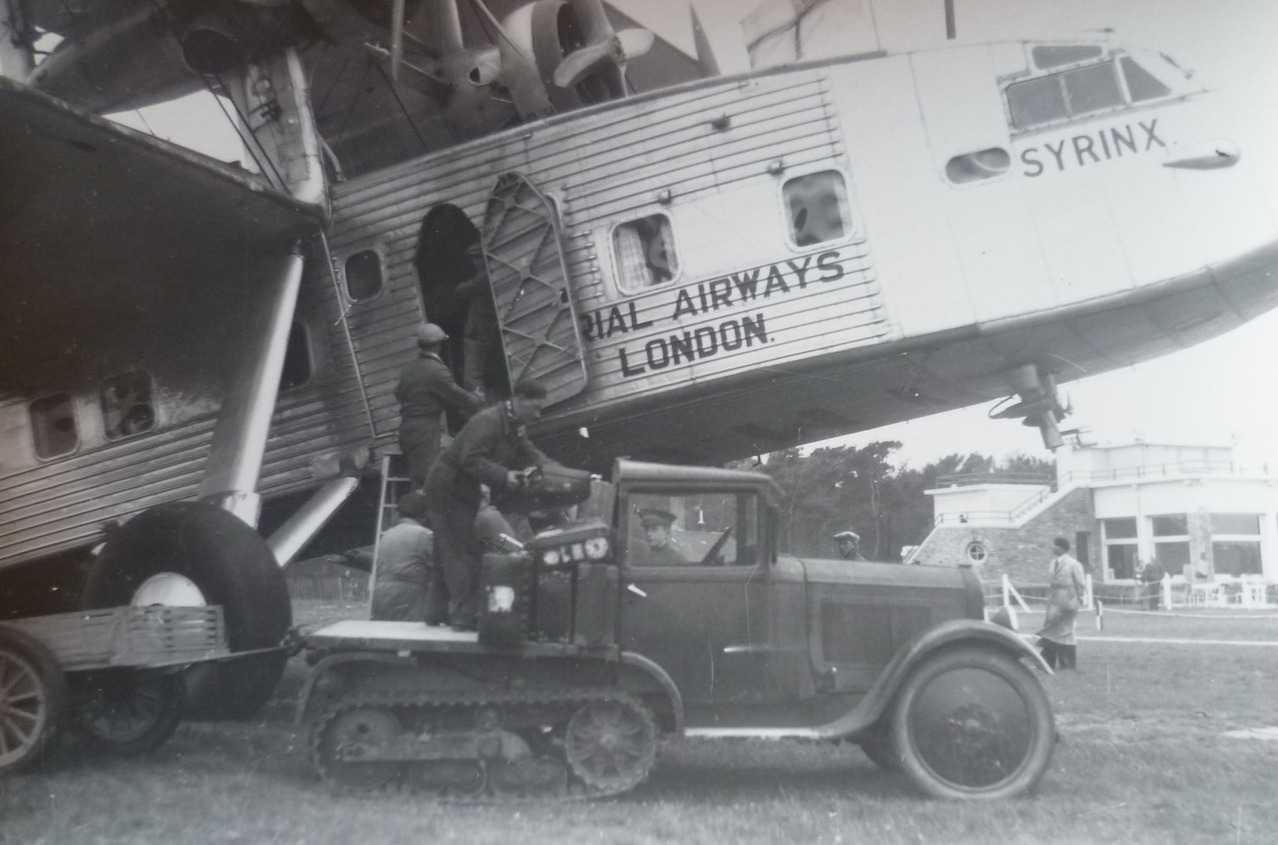

























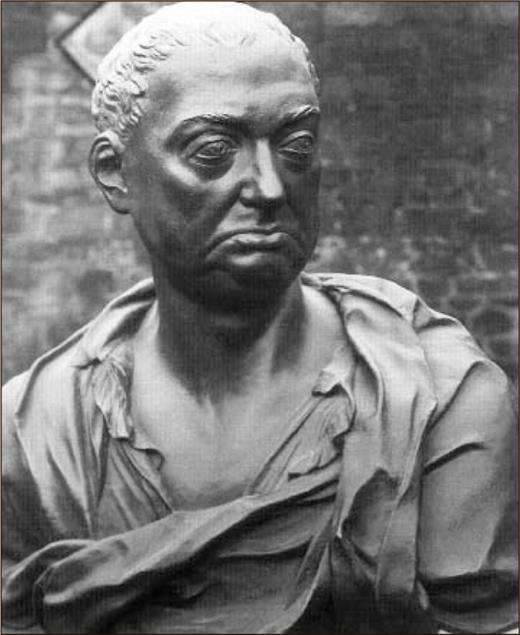












No comments:
Post a Comment